ASIC Miner ICERIVER KAS KS0 Profitability In the realm of cryptocurrency mining, the Iceriver KAS KS0 miner has garnered widespread attention. Tailored specifically for the Kaspa network's KHeavyHash algorithm, it boasts high hashing power and low power consumption, making it an ideal choice for many miners. In this article, we will comprehensively assess IceRiver KS0 profitability while considering the Kaspa market conditions and the attributes of KS0 miner. Kaspa Market Dynamics Kaspa is a vibrant cryptocurrency network aimed at delivering high performance and scalability for everyday transactions. At the time of writing this article, the Kaspa coin trades at approximately $0.04959. But it's essential to note that cryptocurrency markets are highly susceptible to price volatility. Hence, investors must remain vigilant about market dynamics. Additionally, the Kaspa network's mining difficulty and reward mechanisms play a role in mining returns. Attributes of the IceRiver KS...
How to set up the Antminer S9i and S9j?
Precautions for use
1. The power supply is recommended to be 20% or higher than the miner's power consumption. Antminer APW3++ PSU is recommended.
2. The router or switch connected to the miner cannot use the one with the POE function.
3. Miners can only connect to routers or switches by wire.
4. The recommended temperature is 10 to 35 degrees.
5. It is recommended to use the ambient humidity below 65%.
6. Pay attention to dust and catkins so as not to corrode the hash board or cause the heat of the miners not to dissipate.
7. To enter the miners backstage, you must use Google or Firefox browser.
Introduction to the front of the control board
IP Report > Press this to use the IP Report software to show the miner’s IP address on the computer
ETH > Ethernet Port
Fault > Fault light beams when a miner error is detected
Normal > Indicates miner is operating normally
Reset > To reset miner to factory settings
SD card > SD card slot
Understanding the miner’s interface
A. Front fan (intake fans)
B. Rear fan (exhaust fans)
C. Miner model
D. Serial number (SN) of a miner, to review warranty status
E. Estimated hash rate of miner model
F. Rear fan connector
G. Front fan connector
H. Chain #8 connector
I. Chain #7 connector
J. Chain #6 connector
K. 6-pin power connector
L. Control board chain connector
M. 6-pin power connector
1. New miner inspection
1. Check the appearance of the package; when receiving a new miner, check whether the appearance of the package is damaged. If there is any damage, please unpack and check whether the miner has any apparent damage;
2. Appearance inspection of the miner; take out the miner to check whether the miner's casing is deformed, whether the fan is damaged, and whether the cable and fan cable is damaged;
3. Check the miner's heat sink; look inward from the front and rear fans of the miner to check whether the heat sink has fallen off.
Note: Because the hash board is directly placed in the card slot of the chassis, it is a bit loose. You will hear a dull and heavy sound when shaking, which is normal.
2. Miner wiring and inspection
1. Connect the hash board; each hash board has 3 PCI-E ports, each of which must be connected to a 12V power cable, for a total of 9 12V cables.
2. Connect the control board; the control board has a PCI-E interface; just connect a 12V-PCI-E power cable.
3. Network cable connection; there is a network cable interface in front of it; pay attention to the direction when connecting, and the crystal head must be inserted in place.
4. Check whether the data cable is loose or not inserted in place.
5. Check whether the fan plug is loose or not inserted in place.
6. When inserting the power cables of the hash board and the control board, pay attention to the direction of the buckle, and do not connect them in reverse, as the reverse connection will burn the hash board or the control board.
7. When the power supply is connected to the miner, there is no difference in the cable sequence; there is no problem as long as it is connected well.
3. Miners use
1. Find miner IP
After the power supply is supplied, the miner starts to start. After the green light of the miner starts to flash, you can find the IP of the miner. The method to find the IP of the miner is as follows:
Download link:
a. Open the IP search software, press start;
b. Press the “IP Report” button on the miner;
c. The miner’s IP address will be shown.
Note: The miner and the computer must be in the same network. Otherwise, the signal feedback from the miner will not be received.
2. Enter the miner backstage
After the miner's IP is found, enter the obtained IP address on the web page, press Enter, a dialog box will pop up, enter the user name and password, and press Enter; both are root.
3. Modify miner IP
Click "Network" to enter the miner IP setting page, select "Static," enter IP, subnet mask, gateway, DNS in the following four boxes in turn, then click "Save&Apply" to save, after the page buffering is completed, then proceed to the next step.
Remarks: a. If the number of miners is less than 3, you can skip this step (whether to skip or not can be decided by yourself, it is not necessary to set static IP for less than 3 units).
b. If you don't know what DNS and gateway are, please check the article Check the Gateway and DNS server.
4. Configure mining pool miners
Click "Miner Configuration" to enter the mining pool and miner configuration page. The URL is filled with the mining pool's address, the Worker is the miner's name, and Password does not need to be touched. Click "Save&Apply" to save. (This step is to connect the miner to the mining pool)
Remarks: a. Antminer pool is used by default here. If you use other mining pools, please modify it to the mining pool's address you want to use.
b. If fhq is my sub-account, the following number is the miner's IP address and network segment, which is the miner's name when added together; you can also write the miner's complete IP, such as fhq.192x168x1x100.
5. Miner backstage hash rate interface
The configuration is now complete. It takes about 5 to 30 minutes to start mining.

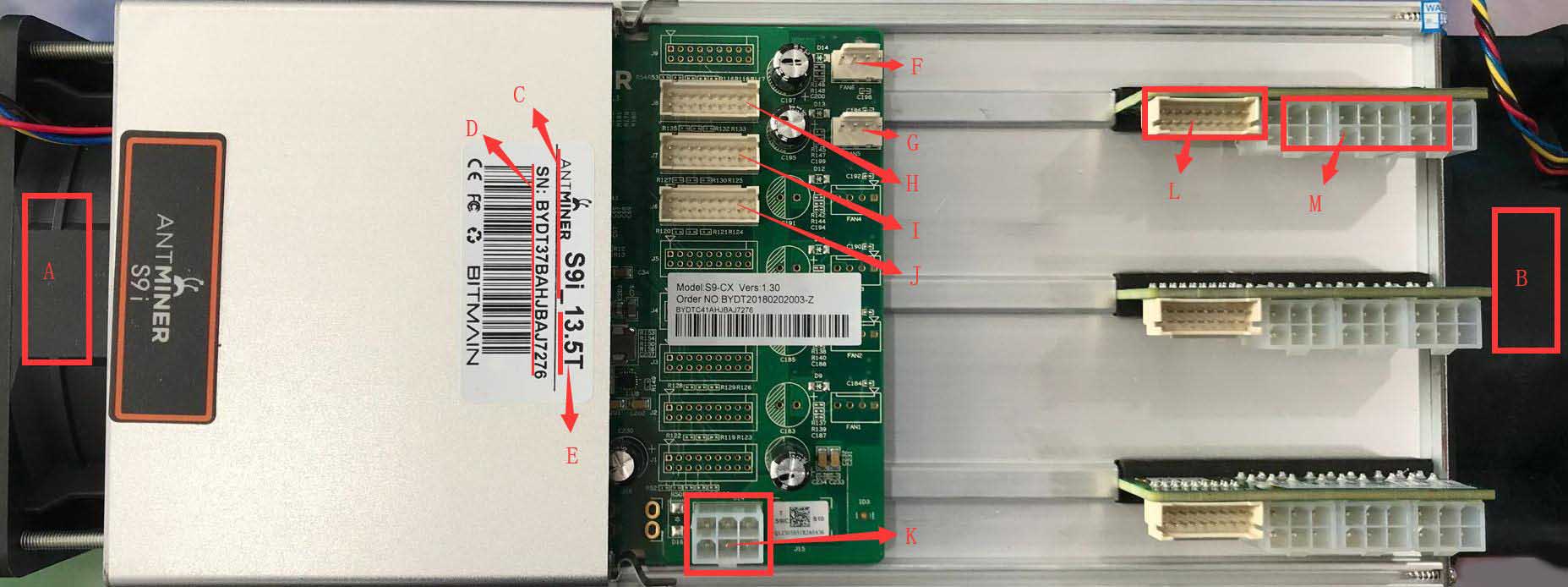

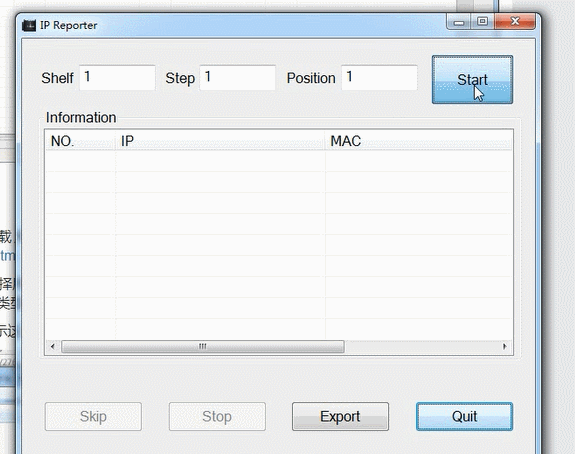

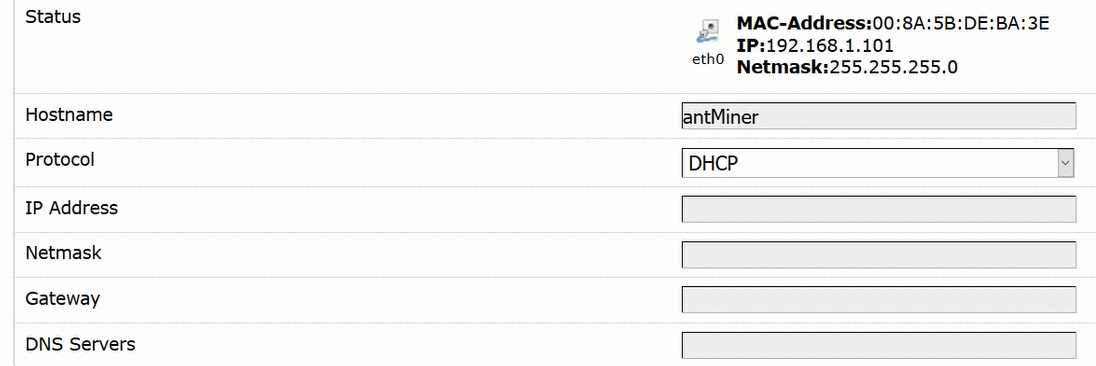
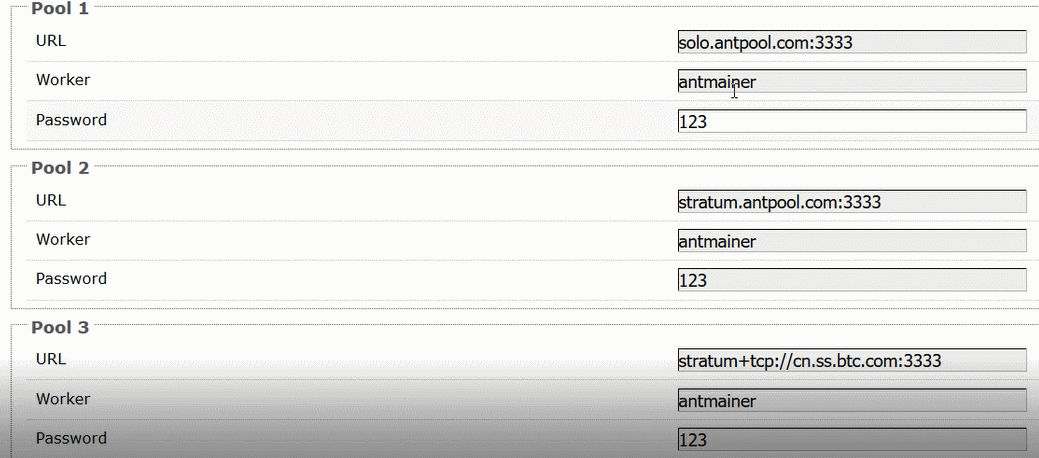
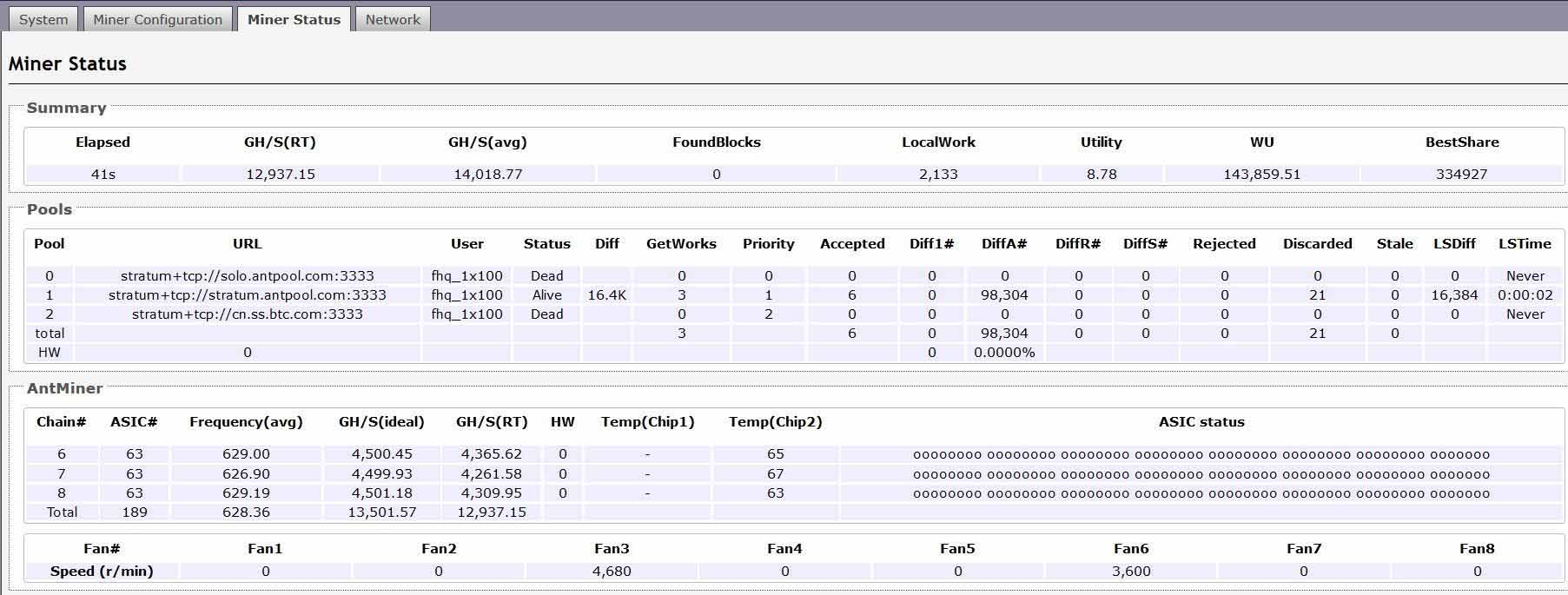
Comments
Post a Comment
Tell us your opinion